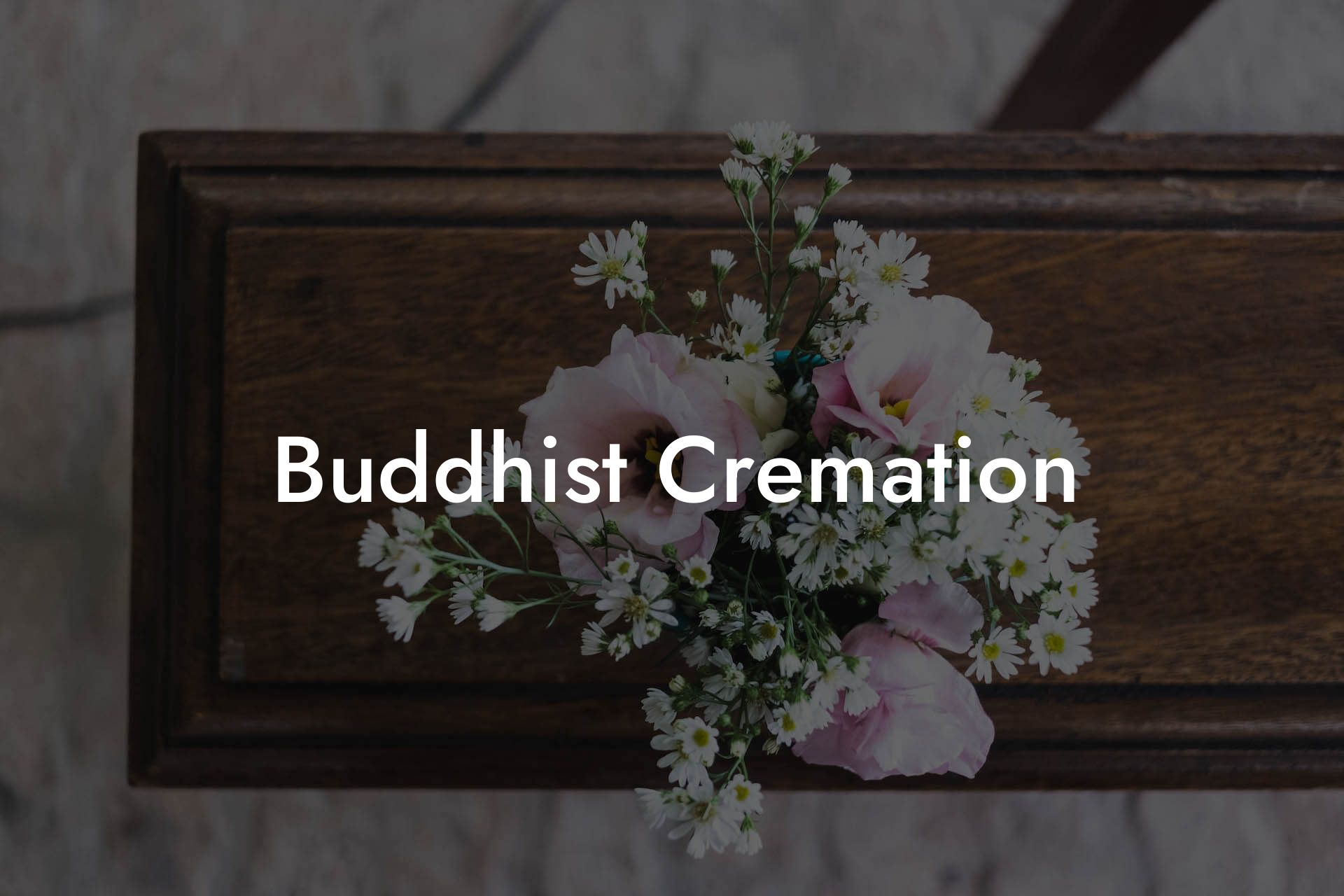Imagine a world where death is not the end, but a new beginning – a transition to the next stage of life. In Buddhist cremation, the deceased is not just a body, but a vessel that has fulfilled its purpose. This ancient tradition honors the cycle of life, death, and rebirth, offering a profound perspective on the human experience.
Quick Links to Useful Sections
- Understanding Buddhist Cremation: A Sacred Ritual
- The Significance of Fire in Buddhist Cremation
- The Process of Buddhist Cremation: A Step-by-Step Guide
- The Role of the Monastic Community in Buddhist Cremation
- Buddhist Cremation: A Sustainable and Eco-Friendly Option
- Buddhist Cremation FAQs: Your Questions Answered
- Resources and Community Support: Your Next Steps
Understanding Buddhist Cremation: A Sacred Ritual
In Buddhism, death is not something to be feared or avoided. Rather, it's a natural part of life, an opportunity for spiritual growth, and a chance to release the attachments that bind us to the material world. Cremation, in particular, is seen as a way to hasten the process of decomposition, allowing the deceased to swiftly move on to their next incarnation.
The cremation ritual, known as "doden," is a highly symbolic and sacred process. It's performed to help the deceased achieve a positive rebirth, free from suffering and ignorance. The ceremony is typically led by a Buddhist monk or lama, who guides the family and friends of the deceased through the ritual.
The Significance of Fire in Buddhist Cremation
Fire plays a crucial role in Buddhist cremation, symbolizing purification, transformation, and spiritual growth. It's believed to consume the physical body, releasing the deceased from their worldly attachments and allowing their consciousness to transition to the next stage of existence.
In Tibetan Buddhism, fire is associated with the element of wisdom, which burns away ignorance and delusions. The cremation pyre is often decorated with sacred symbols, such as the swastika, which represents the harmony of opposites and the cyclical nature of life and death.
The Process of Buddhist Cremation: A Step-by-Step Guide
While the specifics of Buddhist cremation may vary depending on the tradition and location, the general process involves the following steps:
- Preparation of the body: The deceased is washed, dressed in traditional clothing, and placed in a coffin or shroud.
- Cremation ceremony: The family and friends of the deceased gather for a ritual, which may include chanting, prayers, and the offering of food and drink to the deceased.
- Lighting the pyre: The cremation pyre is lit, symbolizing the purification of the deceased.
- Cremation: The body is cremated, often with the assistance of a funeral pyre or cremation oven.
- Collection of ashes: The ashes are collected and placed in an urn or container.
- Scattering of ashes: The ashes are scattered in a sacred location, such as a river or mountain, symbolizing the release of the deceased into the natural world.
The Role of the Monastic Community in Buddhist Cremation
In Buddhist cremation, the monastic community plays a vital role in guiding the deceased and their loved ones through the transition. Monks and lamas perform rituals, offer prayers, and provide spiritual guidance to ensure a smooth passage into the next life.
The monastic community also helps the family and friends of the deceased to cope with their loss, offering comfort, support, and spiritual guidance during a difficult time.
Buddhist Cremation: A Sustainable and Eco-Friendly Option
Buddhist cremation is not only a sacred ritual but also an environmentally friendly option. The cremation process itself is a natural way to dispose of the body, reducing the need for land, resources, and chemicals associated with traditional burial practices.
Furthermore, the scattering of ashes in a natural setting promotes a deeper connection with the environment and encourages a sense of impermanence, reminding us that everything is interconnected and interdependent.
Buddhist Cremation FAQs: Your Questions Answered
Here are some frequently asked questions about Buddhist cremation:
1. What is the significance of cremation in Buddhism?
Cremation is seen as a way to hasten the process of decomposition, allowing the deceased to swiftly move on to their next incarnation.
2. Is Buddhist cremation only for Buddhists?
No, Buddhist cremation is open to people of all faiths and backgrounds who wish to honor the cycle of life and death in a meaningful way.
3. What happens to the ashes after cremation?
The ashes are typically scattered in a sacred location, such as a river or mountain, symbolizing the release of the deceased into the natural world.
4. Can I still have a funeral or memorial service with Buddhist cremation?
Yes, many families choose to hold a funeral or memorial service in addition to the cremation ritual, as a way to honor their loved one and share their grief with others.
5. Is Buddhist cremation more expensive than traditional burial?
The cost of Buddhist cremation can vary depending on the location and type of service, but it's often a more affordable option than traditional burial.
Resources and Community Support: Your Next Steps
If you're considering Buddhist cremation for yourself or a loved one, it's essential to find a supportive community and resources to guide you through the process.
Here are some organizations and websites that offer information, support, and services related to Buddhist cremation:
Remember, Buddhist cremation is not just a ritual, but a way to honor the cycle of life and death. By embracing this ancient tradition, you're not only paying respects to the deceased but also acknowledging the interconnectedness of all living beings.

